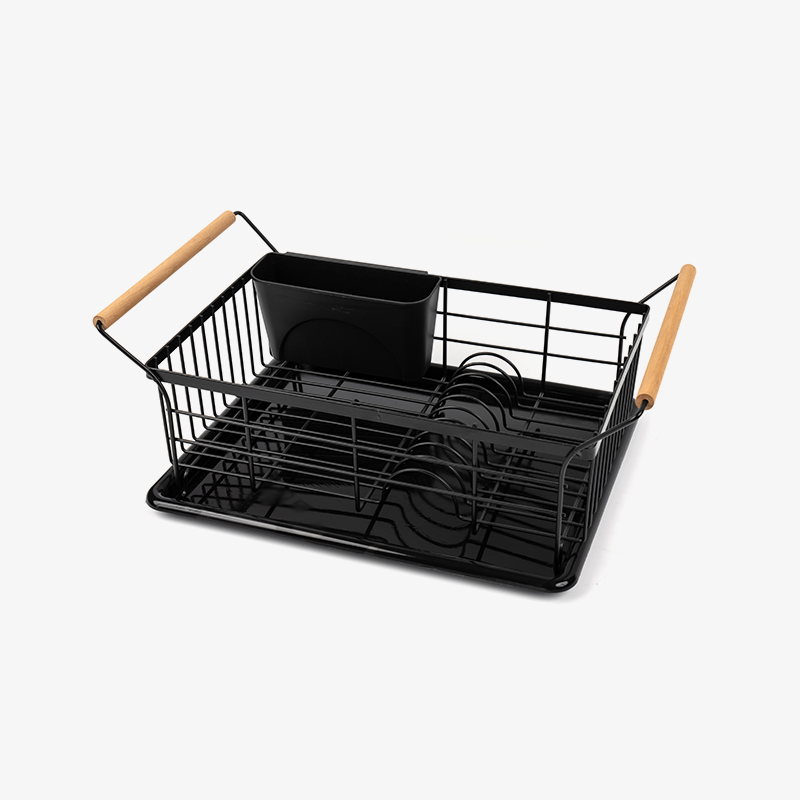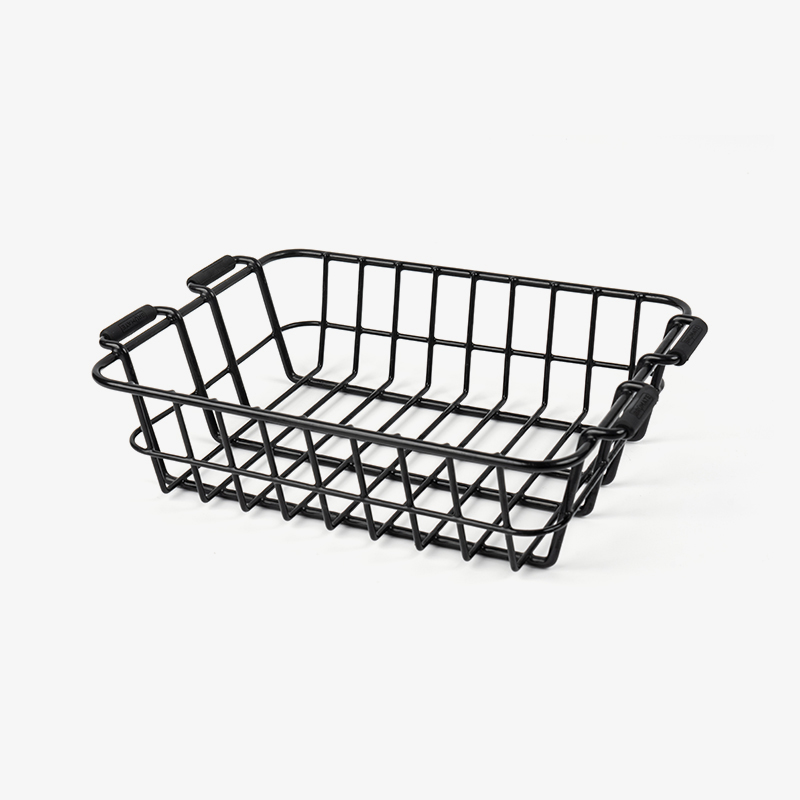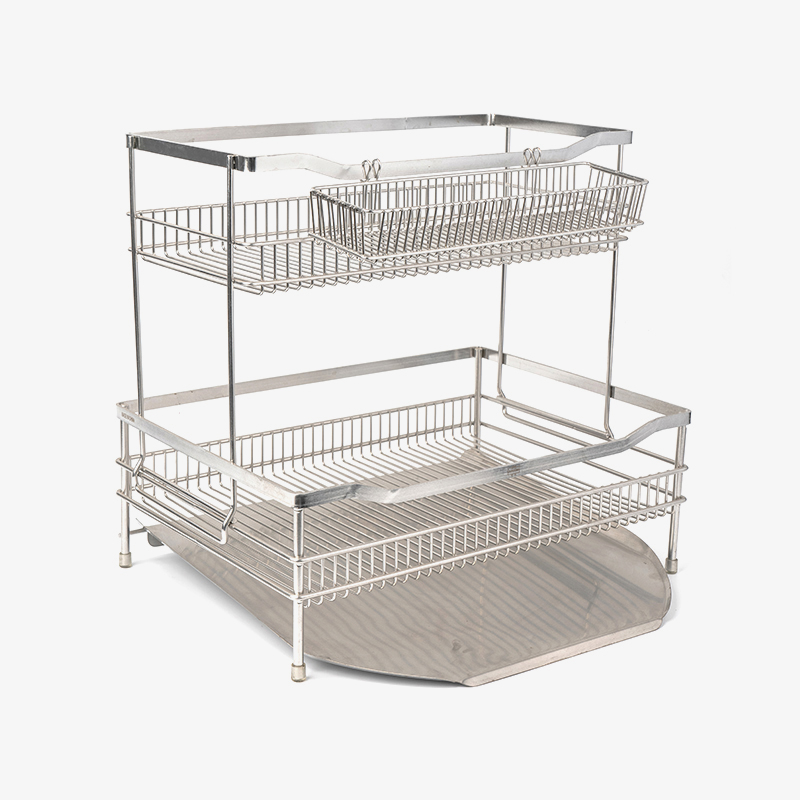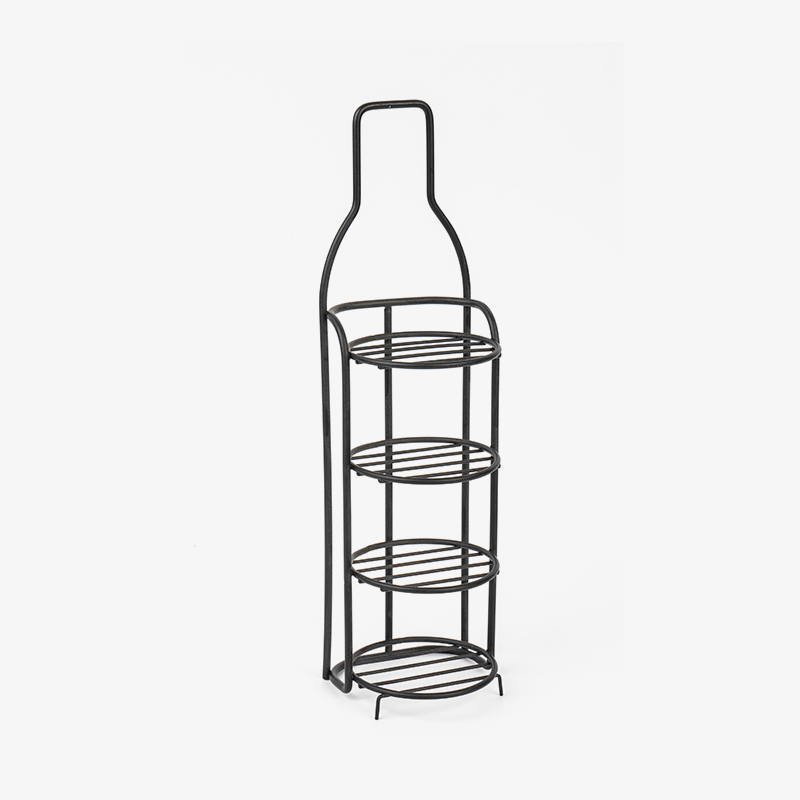Content
1、Can Wall-Mounted Kitchen Seasoning Racks Really Free Up Counter Space?
Counter space in the kitchen is often limited, and seasoning bottles scattered on the counter not only take up space but also make the kitchen look messy. Wall-mounted seasoning racks are often promoted as a solution to save counter space, but do they really work?
Wall-mounted racks install directly on the wall, either above the stove or next to the sink, keeping seasoning bottles off the counter entirely. For small kitchens with narrow counters, this design can free up 30%-50% of counter space—enough to place a cutting board or a small pot. However, there are also considerations: for example, if the wall is made of tile or drywall, will the installation be stable? Most wall-mounted racks come with strong adhesive or expansion screws; adhesive racks are suitable for smooth tile walls and can bear 2-3kg of weight, while expansion screws are better for drywalls, ensuring the rack doesn’t fall off even with heavier seasoning bottles. Additionally, wall-mounted racks need to be at a reasonable height—too high and it’s inconvenient to take seasonings, too low and it may block the stove’s exhaust. A height of 50-60cm above the stove is generally recommended for easy access.

2、Are Rotating Kitchen Seasoning Racks More Convenient Than Fixed Racks?
Fixed seasoning racks (whether wall-mounted or countertop) require users to reach for seasonings one by one, and bottles at the back may be hard to find. Rotating racks, on the other hand, can spin 360 degrees, making it easy to access any seasoning. But is this convenience worth the potential space trade-off?
Rotating racks are usually countertop models, so they still take up some counter space—though less than scattering bottles randomly. Their biggest advantage is convenience: for example, a 3-tier rotating rack can hold 10-15 seasoning bottles, and with a light spin, you can quickly find salt, pepper, or soy sauce without moving other bottles. This is especially useful for people who cook frequently and need to switch seasonings quickly. However, rotating racks have weight limits—if you place too many heavy bottles (like large oil bottles), the rotation may become stuck. Most rotating racks are designed to bear 5-8kg, so it’s best to use them for small to medium-sized seasoning containers.

3、Should Kitchen Seasoning Racks Prioritize Capacity or Classified Storage?
When choosing a seasoning rack, many people are torn between "how many bottles it can hold" and "whether it can separate different types of seasonings." So, which factor is more important for kitchen organization?
Capacity is important for families that use a lot of seasonings (such as those who love Sichuan cuisine or Thai food, which require dozens of spices). A large-capacity rack (like a 4-tier wall-mounted rack) can hold 20+ bottles, avoiding the problem of having to store extra seasonings in cabinets. However, classified storage is equally crucial—mixing dry seasonings (like cumin, star anise) with liquid seasonings (like vinegar, oyster sauce) can lead to spills or contamination. Some seasoning racks solve this by having separate layers: the top layer for dry seasonings, the bottom layer for liquid ones, and even a small drawer for small packets of spices (like chicken bouillon). This design not only increases capacity but also keeps seasonings organized, making cooking more efficient.



 Español
Español عربى
عربى






